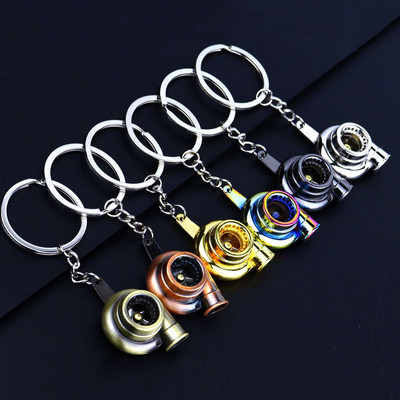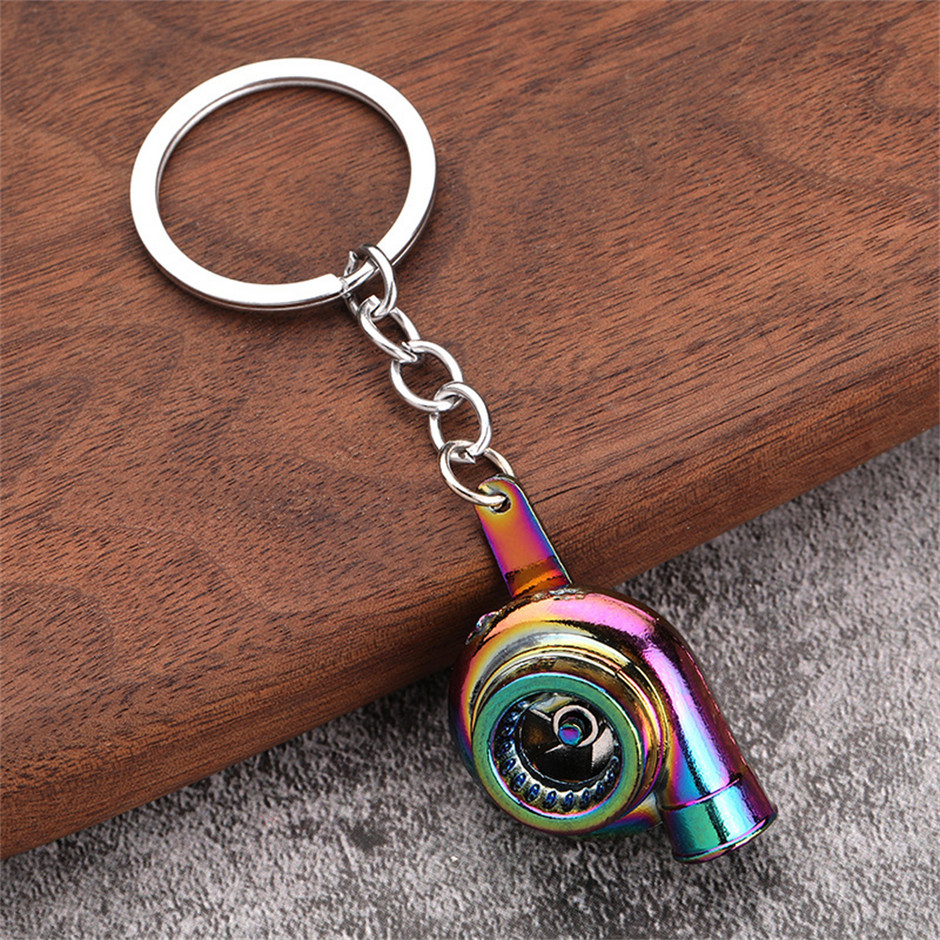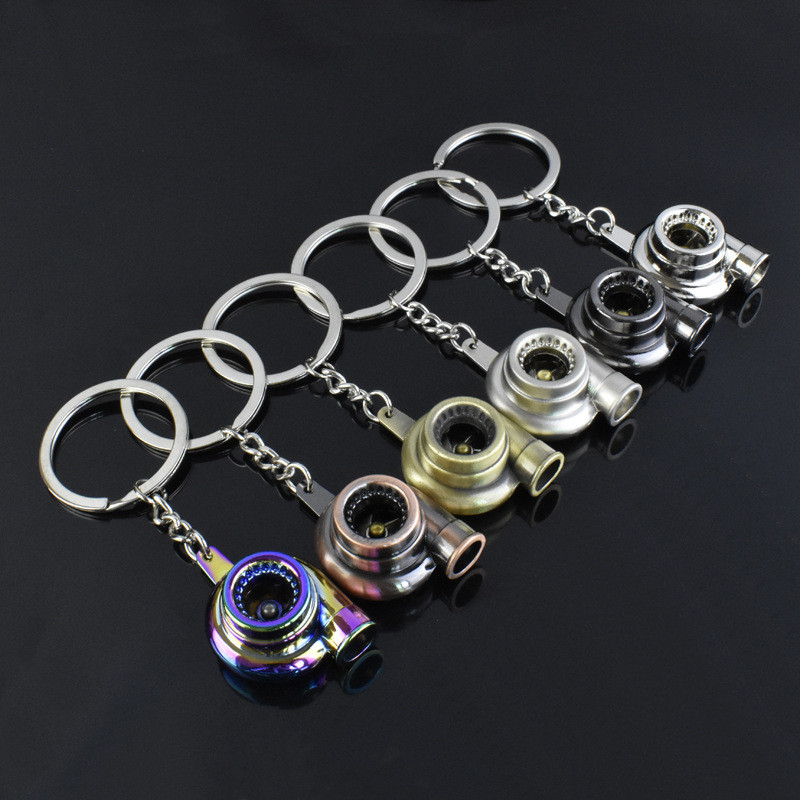
CX-Mini Turbo Turbo Charger Μπρελόκ Spinning Turbine Δαχτυλίδι μπρελόκ Μπρελόκ Μπρελόκ αυτοκινήτου Μπρελόκ αυτοκινήτου Αξεσουάρ εσωτερικού χώρου - Badu.gr

1 Τμχ Cuban Link Chain Για Άνδρες, Golden Cuban Hip Hop Κολιέ, Golden Iced Out Κολιέ Βραχιόλι, Faux Diamond Chain Κοσμήματα Για Άνδρες - Κοσμήματα & Αξεσουάρ - Temu Greece

Κολιέ χειροποίητο φιλίας σετ 2 τεμαχίων χρυσαφί μεταλλικό καρδιά με φτερά αγγέλου σομόν-βεραμάν Best Friends (

1 Τμχ Cuban Link Chain Για Άνδρες, Golden Cuban Hip Hop Κολιέ, Golden Iced Out Κολιέ Βραχιόλι, Faux Diamond Chain Κοσμήματα Για Άνδρες - Κοσμήματα & Αξεσουάρ - Temu Greece

Zodiac Perfume Essential Oil Aromatherapy Κρεμαστό Μενταγιόν Από Χάλυβα Τιτανίου Μοντέρνο Ανδρικό Κολιέ Φορώντας Μενταγιόν | Εξυπηρέτηση Πελατών 24/7 | Temu Greece

1 Τμχ Cuban Link Chain Για Άνδρες, Golden Cuban Hip Hop Κολιέ, Golden Iced Out Κολιέ Βραχιόλι, Faux Diamond Chain Κοσμήματα Για Άνδρες - Κοσμήματα & Αξεσουάρ - Temu Greece

Κολιέ χειροποίητο φιλίας σετ 2 τεμαχίων χρυσαφί μεταλλικό καρδιά με φτερά αγγέλου σομόν-βεραμάν Best Friends (καλύτεροι φίλοι/φί

Βύσμα Τροφοδοσίας DC Power Jack for Laptop Acer Aspire 1800 2200 / Dell Allienware M9700 / Turbo-X W76T W765CU - Marketfix

Zodiac Perfume Essential Oil Aromatherapy Κρεμαστό Μενταγιόν Από Χάλυβα Τιτανίου Μοντέρνο Ανδρικό Κολιέ Φορώντας Μενταγιόν | Εξυπηρέτηση Πελατών 24/7 | Temu Greece

Fashion Turbo Μπρελόκ Μεταλλικό Μπρελόκ 7 Χρωμάτων Μπρελόκ Νέου Σχεδίου Μπρελόκ αυτοκινήτου για άνδρες Γυναικεία Δημιουργικά αξεσουάρ με αγκράφα μέσης - Badu.gr

Κολιέ χειροποίητο φιλίας σετ 3 τεμαχίων χρυσό μεταλλικό καρδιά πολύχρωμη με κομφετί Best Friends Forever (καλύτεροι

CX-Mini Turbo Turbo Charger Μπρελόκ Spinning Turbine Δαχτυλίδι μπρελόκ Μπρελόκ Μπρελόκ αυτοκινήτου Μπρελόκ αυτοκινήτου Αξεσουάρ εσωτερικού χώρου - Badu.gr

Creative Gear Keychain Keychain Speed Μπρελόκ για κλειδί αυτοκινήτου Turbo Hub Δίσκος φρένων Κρεμαστό κρεμαστό αμορτισέρ Βάση κλειδιών Δαχτυλίδι αλυσίδας - Badu.gr

Κολιέ χειροποίητο φιλίας σετ 3 τεμαχίων χρυσό μεταλλικό καρδιά πολύχρωμη με κομφετί Best Friends Forever (καλύτεροι













